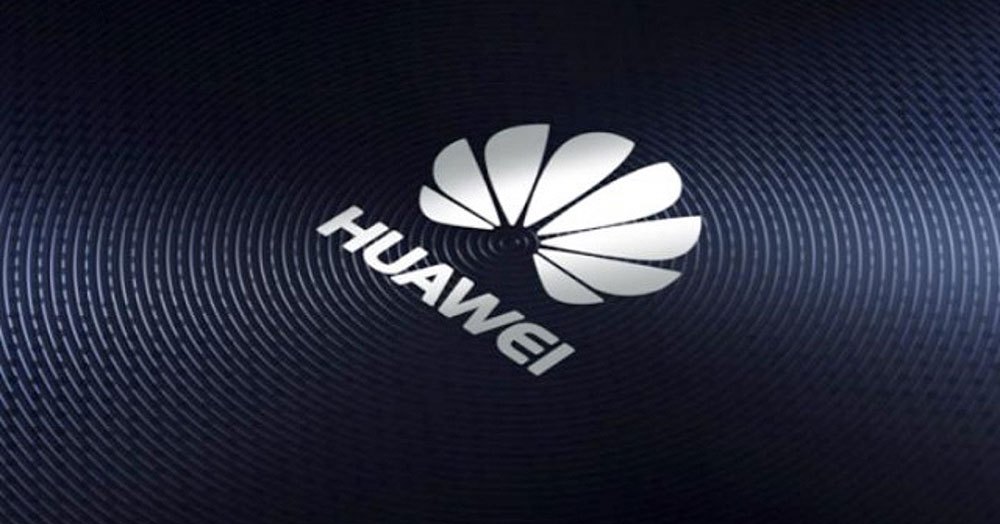
Huawei recently announced a major breakthrough in its research into Li-ion batteries, introducing the world’s first, long-lifespan graphene-assisted Li-ion battery, able to withstand high temperatures. Announced by Watt Laboratory, an organization under Huawei’s Central Research Institute, these batteries are built-in the Huawei Honor 6X and Mate 9. The new graphene-assisted, heat-resistant technologies not only allows the Li-ion batteries to last twice the lifespan of a regular Li-ion battery, but also to remain functional in a 60°C environment, a temperature 10°C higher than the existing limit.

Equipped with a 3340 mAh high-density graphene battery in the Honor 6X, and a 4000 mAh grapheme battery in the Mate 9, these smart phones are a step ahead with an increased battery capacity of 11% and 20% respectively, delivering 2.2 – 2.5 days of usage of normal usage and 1.5 – 1.8 day of heavy usage on a full charge. With endless possibilities, one can watch up to 11.5 – 13.5 hours of video, listen to 70 – 80 hours of music, and embrace their inner gaming-geek up to 8 – 10 hours – in just one charge. With the fast 5V/2A charging technology, one can juice up their phone in no time, whereby the 16nm intelligent power-saving technology largely reduces the power consumption, truly providing ‘double the experience’.
![IMG_3[1].jpeg](https://technologybite.files.wordpress.com/2017/01/img_311.jpeg?w=878)
Huawei’s research results will reshape the storage systems of communications base stations. In high-temperature regions such as Pakistan, the graphene-assisted high-temperature Li-ion batteries can have working life-spans longer than four years. These batteries ensure a high mileage for electric vehicles per charge in high temperatures. They can also guarantee the safe operation of drones, which often generate a significant amount of heat. This revolutionary technology has been getting a tremendous response in the Pakistani market due to its characteristics, satisfying the primary demand of the consumers.
![IMG_5[1].jpg](https://technologybite.files.wordpress.com/2017/01/img_51.jpg?w=686)
Dr. Yangxing Li, Chief Scientist at Watt Laboratory, highlighted three technologies contributed to the breakthrough in the graphene-assisted high-temperature Li-ion battery. First, a special additive in the electrolytes can remove trace water and prevent the electrolytes from decomposition in high temperatures. Second, modified large-crystal NMC materials are used for the cathode, improving the thermal stability of the cathode powder. Third, graphene allows for more efficient cooling of the Li-ion battery.
Dr. Li said, “We performed charging and discharging tests in a high-temperature environment, which unveiled that when working parameters are the same, the graphene-assisted high-temperature Li-ion battery is 5°C cooler than ordinary Li-ion batteries. Over 70% of the graphene-assisted battery’s capacity is left after it is recharged 2,000 times at a temperature of 60°C. Less than 13% of its capacity is lost after being kept in a 60°C environment for 200 days.”



